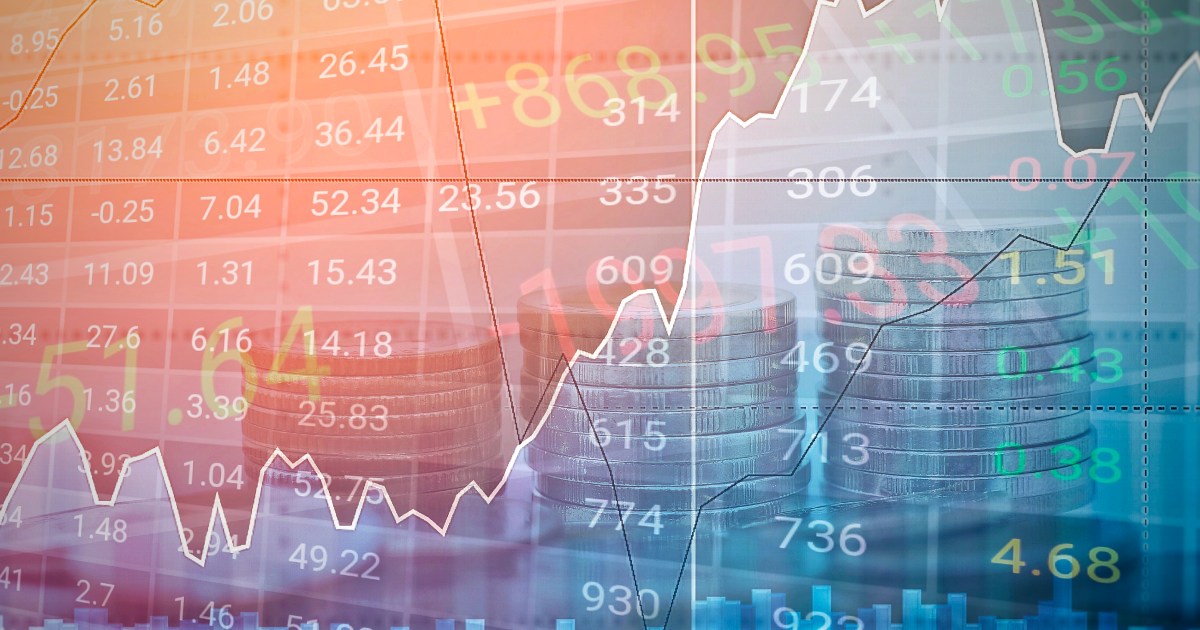The year 2022 will most likely be a difficult year on the economic front, as the two countries will be squeezed between two enormous pressure forces, a tighter US monetary policy and a slowdown in growth in China, in addition to the new Corona virus “Omicron” mutator that may lead - even if it proves that it can be managed - to setback economic recovery around the world.
The British magazine, The Economist, said, in a report, that both the United States and China are on the throne of the global economy and together represent 40% of global GDP at the market exchange rate, but these two giants tend to affect other economies in different ways. .
mutated smoothness
Concerns about the new mutated strain of the coronavirus, "Omicron", have caused oil prices to plummet, and global stock markets to plunge.
Last Friday, the World Health Organization classified the new mutated strain as "worrying", the fifth strain to be placed in this classification.
Global oil prices collapsed by more than 10% on Friday, after the new strain of the Corona virus raised fears that the renewed imposition of general closures would threaten a global recovery in demand, and reinforce fears of a global oversupply inflation in the first quarter of next year.
US monetary policy
Strong economic growth in America in many emerging countries is a double-edged sword, and the expansionary effect of US household spending often outweighs the impact of its monetary policy due to the critical role of the dollar and Treasury bonds in the global financial system, and tighter US monetary policy is often associated with lower Global risk appetite, capital flows to emerging markets tend to ebb, and a strong dollar reduces trade flows due to its invoicing role.
On the other hand, China's influence in the global economy is more evident. Beijing is - by a large margin - the world's first consumer of aluminum, coal, cotton, soybeans and other materials, and the main importer of many commodities, so when exporters stumble around the world feel pain.
The magazine believes that next year will not be the first time that the world's economies have to navigate such treacherous waters. In mid-2010, weak emerging markets were pressured by the dollar's rise when the Federal Reserve withdrew monetary support provided during the global financial crisis, while a bad round led From financial market liberalization and credit tightening to a recession in China, growth in these markets, excluding China, declined from 5.3% in 2011 to 3.2% in 2015.
But this time - the magazine adds - the pressure may be more painful.
In the 2000s, a weak recovery and low inflation forced the Fed back, and more than two and a half years passed between the Fed's announcement of its intention to reduce its asset purchases and its first rate hike.
This time on the contrary, the 12 months after the bank's announcement of its plan to begin gradually changing its policies is likely to include a complete moratorium on bond buying and at least two increases in market-priced interest rates.
Indeed, Federal Reserve Chairman Jerome Powell said on Tuesday that it would be appropriate for the US central bank to consider accelerating the end of its massive program of bond purchases given the strength of the economy and the high rate of inflation.
The Federal Reserve began reducing its bond-buying program earlier this past November, and announced a timetable for reducing it so that it ends around the middle of next year, but many analysts expect it to reconsider that time frame at its meeting next month, according to what Reuters quoted.
slowing Chinese growth
As for China, it appears that it is in turn at risk of a severe downturn now more than it was the case half a decade ago, when the Chinese government at the time responded to slow growth by opening the credit taps, which helped to re-inflate the housing bubble, and since then the real estate market has become more broad than Necessary and increased household and corporate debt burdens.
Economic officials are now issuing ominous regular warnings about the upcoming adjustment even though the International Monetary Fund still expects China to grow by 5.6 percent next year, the lowest growth rate Beijing has achieved - except in 2020 - since 1990.

